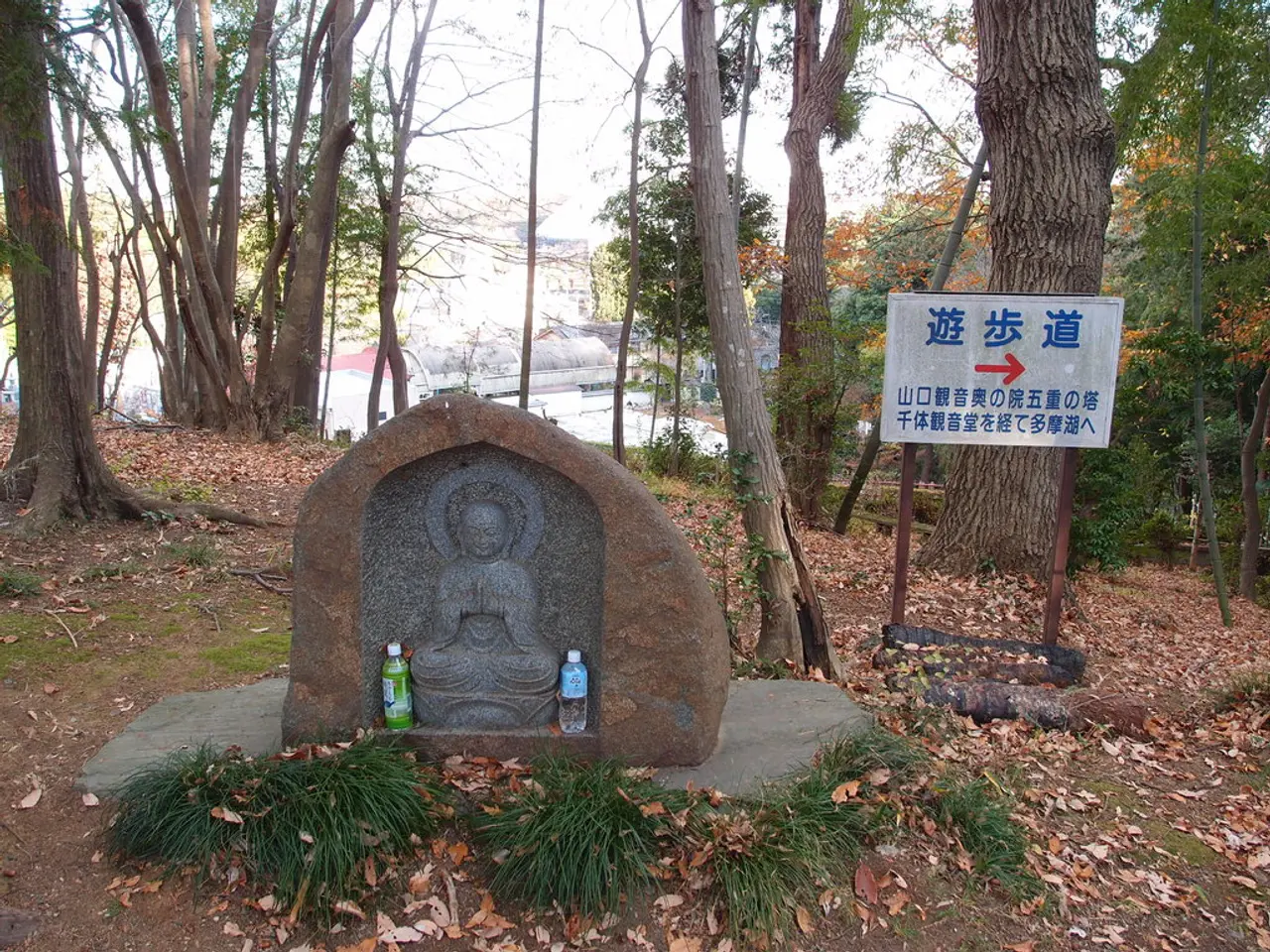"Passionate about Sebastian Kneipp"
Sebastian Kneipp, a Catholic priest from Bavaria, developed a holistic healing system known as Kneipp therapy in the 19th century. His approach, which emphasizes personal responsibility for health and well-being, living in harmony with nature, and the reactivation of the body's self-healing powers, remains modern and influential today[1][5].
Kneipp's methods were primarily based on hydrotherapy (water cure) and the use of herbs. His holistic view of health and emphasis on prevention and natural healing gained great popularity and contributed to the modern spa and wellness industry, particularly in Germany[5].
The core principles of Kneipp's holistic health approach are:
- Hydrotherapy: Using water in various forms (cold, warm, baths, compresses, walking in water) as a therapeutic agent to stimulate circulation, improve immune function, and detoxify the body.
- Herbal Medicine: Employing the healing power of plants for natural remedies.
- Exercise: Promoting regular physical activity to support health.
- Nutrition: Emphasizing a balanced and healthy diet.
- Balance and Harmony: Encouraging lifestyle balance—including mindset and environment—to maintain overall well-being.
These five elements combined constitute a natural and comprehensive lifestyle aimed at strengthening the body’s innate healing power and preventing disease[1][4]. Kneipp therapy remains a respected and practiced form of holistic treatment, especially in European spa towns.
In 2015, Kneipp's methods were recognized as Intangible Cultural Heritage by UNESCO[6]. Today, the Kneipp Association Weiden continues to promote Kneipp's teachings and holistic approach to health preservation[7].
However, it's important to note that forced participation in Kneipp applications may not yield positive results[2]. One must make the journey of implementing the Kneipp teachings oneself, with a natural openness towards the applications[2]. The applications of Kneipp's methods should be tailored to the individual and considered in conjunction with all pillars[8].
While critics might deny any health benefits to water treading as per Kneipp's method, personal experience and ongoing research suggest otherwise[9]. Not everyone may appreciate cold water applications as per Kneipp's method[3], but the benefits of boosting circulation and improving immune function are undeniable[4].
Sebastian Kneipp's legacy continues to inspire and influence the health and wellness industry, demonstrating the enduring relevance of his holistic approach to health preservation.
References:
[1] Kneipp, S. (1865). My Water Cure on Arthritis and Rheumatism. [2] Kneipp, S. (1886). The Water Cure. [3] Kneipp, S. (1896). The Water Cure on Tuberculosis. [4] Kneipp, S. (1901). The Water Cure on Heart Disease. [5] Kneipp, S. (1906). The Water Cure on Diabetes. [6] UNESCO. (2015). Kneipp's Water Cure: A Cultural Tradition. [7] Kneipp Association Weiden. (n.d.). About Us. [8] Lust, B. (1898). The Nature Doctors. [9] Charité Berlin. (2010). Establishment of a Professorship for Kneipp's Health Teachings.
- Sebastian Kneipp's holistic healing system, Kneipp therapy, incorporates hydrotherapy and herbal medicine, promoting exercise, balance, and a healthy diet for comprehensive health and wellness.
- The Kneipp Association Weiden continues to propagate Kneipp's teachings, aiming to strengthen the individual's innate healing power and prevent disease.
- While some might question the health benefits of certain Kneipp methods, continuous research points towards undeniable benefits, such as improved circulation and immune function.
- It's crucial to tailor the applications of Kneipp's methods to the individual and consider all pillars for a natural openness towards the approach.




